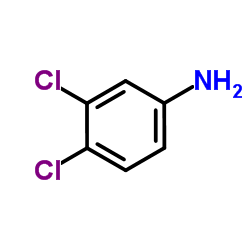Environmental Science and Pollution Research International
2015-03-01
Degradation of aqueous 3,4-dichloroaniline by a novel dielectric barrier discharge plasma reactor.
Jingwei Feng, Runlong Liu, Pei Chen, Shoujun Yuan, Dayong Zhao, Jibiao Zhang, Zheng Zheng
文献索引:Environ. Sci. Pollut. Res. Int. , (2014)
全文:HTML全文
摘要
Degradation of aqueous 3,4-dichloroaniline (3,4-DCA) was conducted in a novel dielectric barrier discharge (DBD) plasma reactor. The factors affecting the degradation efficiency of 3,4-DCA and the degradation mechanism of 3,4-DCA were investigated. The experimental results indicated that the degradation efficiency of 3,4-DCA increased with increasing input power intensity, and the degradation of 3,4-DCA by the novel DBD plasma reactor fitted pseudo-first-order kinetics. Higher degradation efficiency of 3,4-DCA was observed in acidic conditions. The degradation efficiency of 3,4-DCA, the removal rate of total organic carbon (TOC), and the detected Cl(-) increased dramatically with adding Fe(2+) or Fe(3+). Degradation of 3,4-DCA could be accelerated or inhibited in the presence of H2O2 depending on the dosage. Several degradation intermediates of 3,4-DCA such as 1,2-dichlorobenzene, 2-chloro-1,4-benzoquinone, 3,4-dichlorophenyl isocyanate, 2-chlorohydroquinone, 3,4-dichloronitrobenzene, and 3,4-dichlorophenol were identified by gas chromatography mass spectrometry (GC-MS) analysis. Based on the identification of aromatic intermediates, acetic acid, formic acid, oxalic acid, and Cl(-) released, a possible mineralization pathway of 3,4-DCA was proposed.
相关化合物



